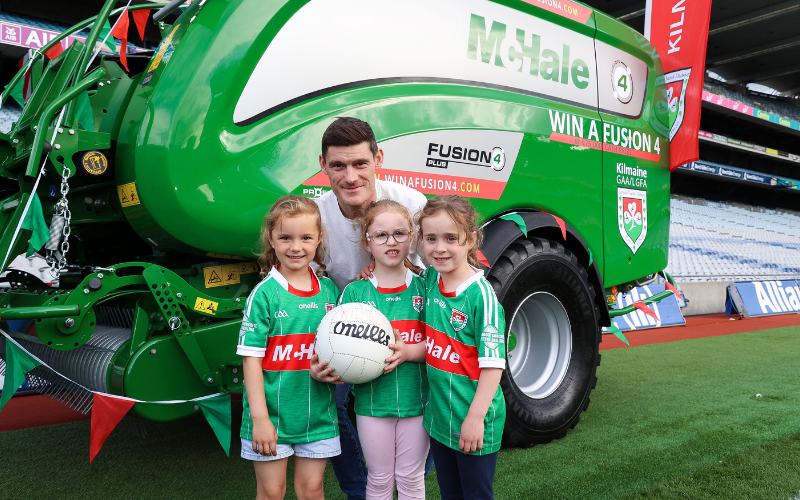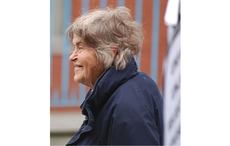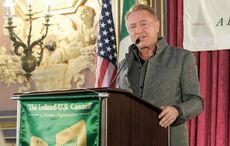Dr. Nancy J. Sullivan, senior investigator at the National Institutes of Health’s (NIH ) Vaccine Research Center, after years of work, has created a vaccine that’s proven to block Ebola in monkeys and may work in humans.
The plan now is to roll out her vaccine quickly, in the next few months, in human trials.
Dr. Anthony S. Fauci, Director of NIH’s National Institute of Allergy and Infectious Diseases, said the safety testing for Sullivan’s vaccine so far hasn’t turned up any “red flags.” In September, ten healthy American volunteers were injected with Sullivan's vaccine.
GlaxoSmithKline PLC believes it could have one million doses of Sullivan’s vaccine available by 2015. It’s believed that her vaccine could act as a firewall against the epidemic.
Glaxo’s Dr. Ripley Ballou, who will supervise much of the testing and work in Africa, is a former U.S. Army doctor.
He told the Wall Street Journal, “We have just one chance to succeed with a vaccine.
“So if you sense urgency in my voice, you’re right. If we had sufficient doses and we knew that it worked, yes, we could use this vaccine to control the epidemic.”
On Friday, Doctors Without Borders said “this could “be the tipping point.” In 1997, Sullivan started work on this vaccine and no one took notice. Now her work is at the center of stopping the spread of the deadly Ebola virus.
The National Geographic reported that the vaccine is so “effective in monkeys that macaques can be protected or rescued even if they're injected with a hundred times the lethal dose of the Ebola virus after vaccination.”
The NIH is fast-tracking testing plans on Sullivan's vaccine, which could have taken five-to-ten years, into a few months. By early 2015 the vaccine will be widely tested on humans and could potentially be used to stem the spread of the disease in West Africa and elsewhere, but there are no assurances.
Having earned her Ph.D from Harvard, in 1997 Sullivan questioned whether she should continue her work in the crowded research area of HIV. She told the Wall Street Journal, “I wanted to find a place where I could make a real difference” scientifically.
She was hired to work on Ebola by the University of Michigan and then the Vaccine Research Center, under Gary Nabel, the director. She had a five year plan to work on Ebola at a cellular level. However, Nabel wanted a vaccine that would work on primates.
She told him, “I’m not well suited for clinical work, not well-suited for animal work. I liked studying cells.”
After weeks of back and forth Sullivan began to study those vaccines which had so far failed to control Ebola.
By 1998 she had created a vaccine that she and a colleague tested on monkeys at the Center for Disease Control and Prevention in Atlanta. On July 28, 1999, she got the news that the tested monkeys showed immune responses. She had just made a scientific breakthrough.
Following more successful tests she wrote, “These findings demonstrate that it is possible to develop a preventive vaccine against Ebola virus infection in primates.”
However no one outside the scientific community raised their heads. There was no market for the vaccine, although sadly now there is.
The clinical studies in West Africa could be where this plan falls down due to the difficulty in transporting the vaccine. It needs to be kept at the temperature of dry ice. However, keeping it at minus 80 degrees centigrade in a country with a patchy power system could be a significant issue. And then there’s the infrastructure, especially the crowded and neglected roads in the areas currently badly affected by Ebola.
Ballou also fears that the psychological hurdle could be a large obstacle. He said even the health-care workers might not participate, in the knowledge that some of the test subjects would only receive a placebo. But Fauci and Ballou are still intent on running the trial.
Fauci said, “There’s no doubt the quickest, most efficient way to see if a vaccine works is a classic randomized clinical trial.”
No matter how these tests are done everyone is in agreement that speed is of the essence.




Comments